“Tafoni are ellipsoidal, pan- to bowl-shaped, natural rock cavities. These cavernous weathering features include tiny pits, softball-sized cavities, truck-sized caves, and nested and cellular honeycomb forms. Tafoni typically develop on inclined or vertical surfaces and occur in groups. These exquisite and fascinating cavernous weathering landforms are present on the surfaces of many different kinds of rocks located in a multitude of geographic regions around the world.”
—Jon Boxerman, Tafoni.com
Charles Darwin witnessed something akin to tafoni while sailing near Western Australia. He thought up an imaginative but mistaken explanation for how it was formed and wrote an entry about it on February 7, 1836:
“One day I accompanied Captain Fitz Roy to Bald Head; the place mentioned by so many navigators, where some imagined that they saw corals, and others that they saw petrified trees, standing in the position in which they had grown. According to our view, the beds have been formed by the wind having heaped up fine sand, composed of minute rounded particles of shells and corals, during which process branches and roots of trees, together with many land-shells, became enclosed. The whole then became consolidated by the percolation of calcareous matter; and the cylindrical cavities left by the decaying of the wood, were thus also filled up with a hard pseudo-stalactical stone. The weather is now wearing away the softer parts, and in consequence the hard casts of the roots and branches of the trees project above the surface, and, in a singularly deceptive manner, resemble the stumps of a dead thicket.”
In Santa Barbara County this remarkable phenomenon can be found in many different environments including the beach, creeks and exposed rock outcrops in mountain terrain. A variety of theories exist explaining how tafoni develops and grows, but it’s largely shrouded in mystery and among scholars and scientists there is disagreement over the matter.
 A two-tone beach boulder in northern Ventura County with tafoni forming along its edge.
A two-tone beach boulder in northern Ventura County with tafoni forming along its edge.

 The previous six photos show Goleta/Campus Point.
The previous six photos show Goleta/Campus Point.
 Devil’s Playground, Santa Ynez Mountains.
Devil’s Playground, Santa Ynez Mountains.
 Painted Cave State Park, Santa Ynez Mountains.
Painted Cave State Park, Santa Ynez Mountains.
 Pool Rock, San Rafael Mountains. This specimen, shown in the above two photos, is in my opinion and to my knowledge the most spectacular example of tafoni in Santa Barbara County.
Pool Rock, San Rafael Mountains. This specimen, shown in the above two photos, is in my opinion and to my knowledge the most spectacular example of tafoni in Santa Barbara County.











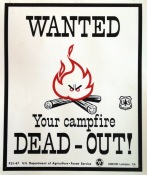

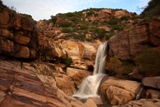
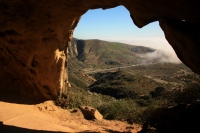

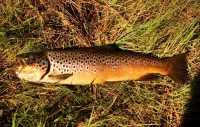
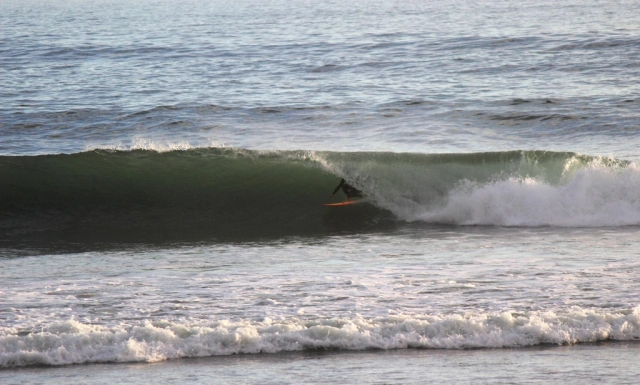
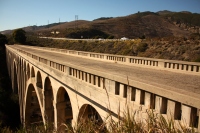
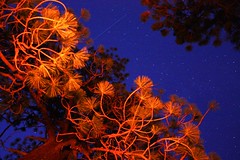








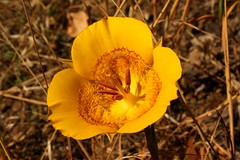









Nice posting! I hadn’t heard this word before for this common SB geologic phenomenon. Learn something new every day…
Jack – When you get a moment would you mind sending me an email offline.
Happy Holidays! – Bryan
Coyote creek has some pretty fine specimens
This is a great piece of entertaining scholarship; a fine narrative and outstanding photographs. I didn’t know any of this; as Nico said ” Learn something new every day…”
Great topic and treatment, Jack — love these sort of obscure but in-plain-view discourses.
Love the first picture! It’s very interesting. Thanks for the information I had no idea what it was called.